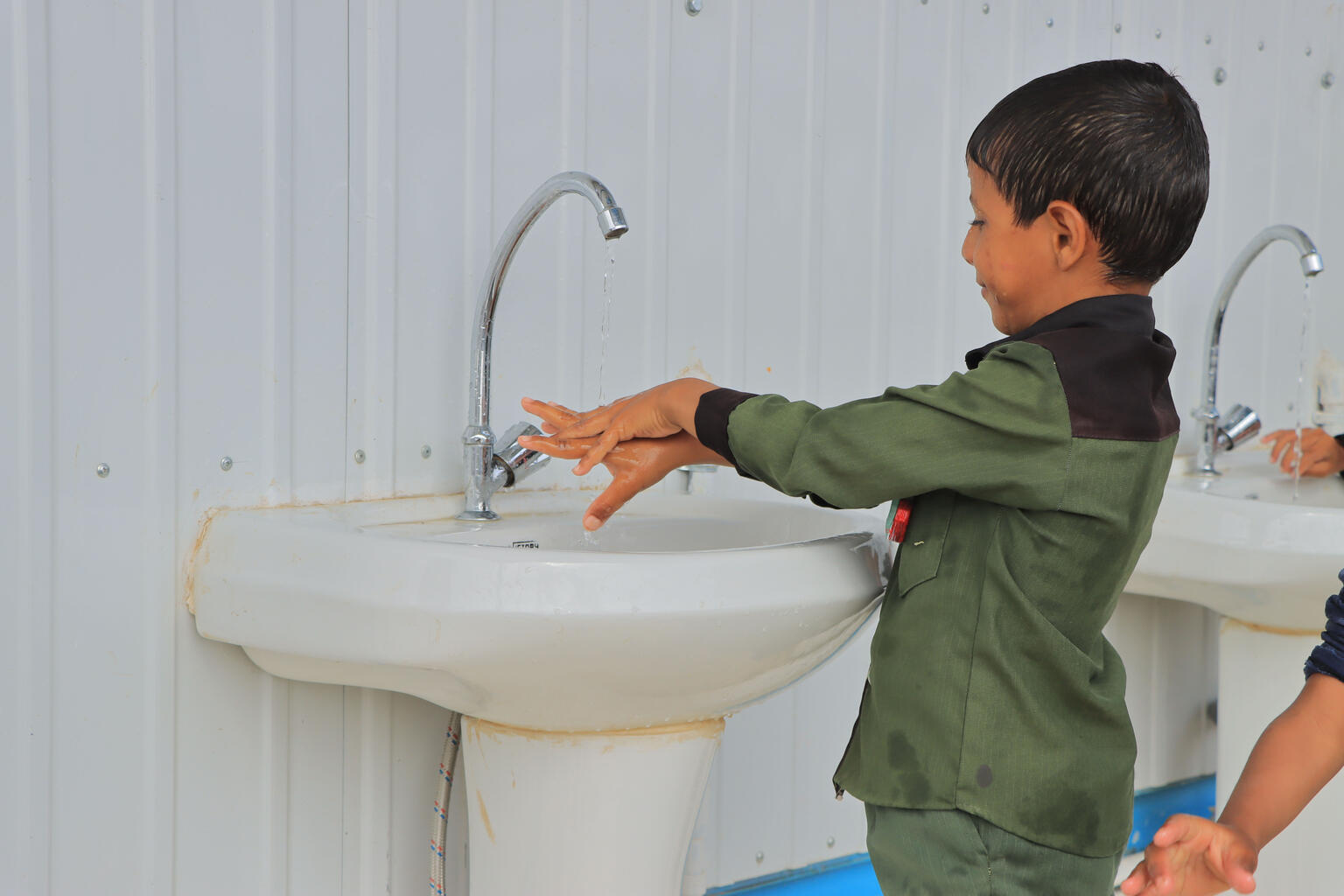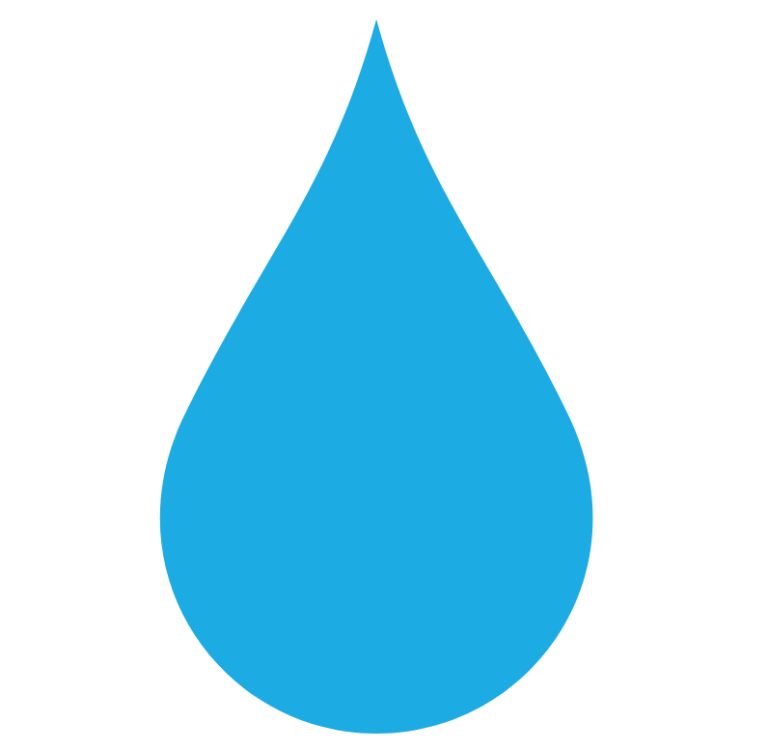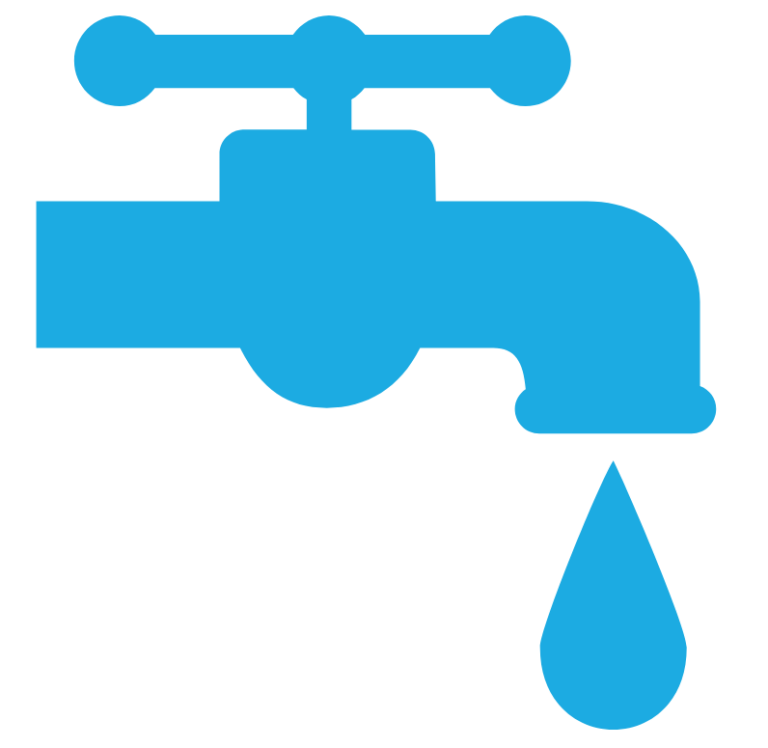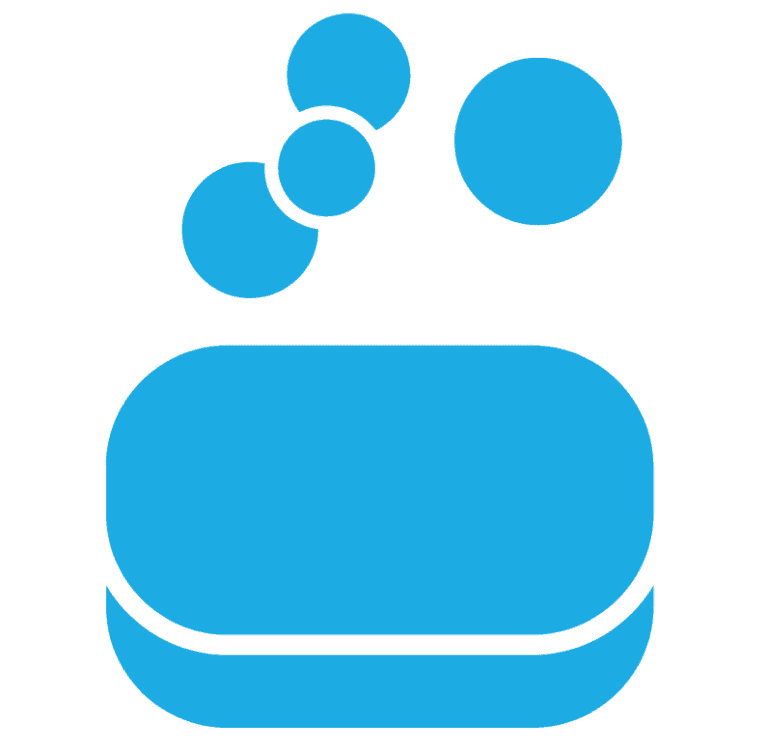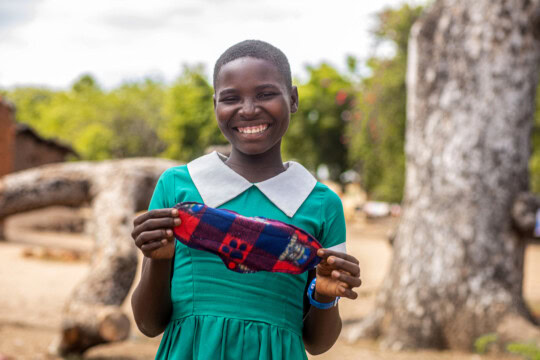The WHO/UNICEF Joint Monitoring Programme (JMP) produces internationally comparable estimates of progress on drinking water, sanitation and hygiene (WASH) and is responsible for global monitoring of the Sustainable Development Goal (SDG) targets related to WASH. This report presents national, regional and global estimates for WASH in health care facilities up to the year 2023, with a special focus on primary health care.
The latest JMP data update highlights severe deficiencies in health care infrastructure in the 60 countries, areas and territories categorized by OECD as ‘fragile contexts’*.
* The Organization for Economic Development and Cooperation (OECD) uses a framework that encompasses six dimensions of fragility (economic, environmental, human, political, security, and social). In 2022, considering the respective balance between risk and coping capacities, the OECD categorized 60 countries, areas and territories as ‘fragile contexts’ and classed a subset of 15 as ‘extremely fragile’.
It should be noted that JMP estimates are based on the latest available data for each country, area and territory and therefore do not always reflect subsequent rapid changes in WASH service levels. This is particularly the case in fragile contexts where political instability, economic shocks, environmental hazards and conflict can contribute to rapid deteriorations in WASH service levels. In settings where the latest available data were collected before the onset of a recent major crisis or conflict, JMP estimates are less likely to reflect the current situation on the ground.
Key findings
- As of 2023, over a third of health care facilities in fragile contexts—37 per cent—were without basic water services, while more than half (54 per cent) lacked basic hygiene. The report underscores a troubling scarcity of essential health care services, with only a third of facilities providing basic environmental cleaning, a quarter managing basic waste, and less than a fifth ensuring basic sanitation.
- Globally, the impact of these deficiencies is profound, with an estimated 2 billion people residing in fragile contexts in 2023. The lack of adequate health care services is stark: 1.6 billion lacked basic sanitation facilities at their health care facilities, 1.5 billion were without essential waste management, and 1.3 billion faced inadequate cleaning standards. Furthermore, 1.1 billion people were affected by poor hygiene practices, and 717 million were without basic water services in their health care facilities.
Globally, 9 per cent of health care facilities (covering 743 million people) had no water service in 2023, meaning that the facility had no water source, used an unimproved water source like an unprotected well or spring, or had to collect water from an improved source more than 500 metres away. Coverage of basic water services ranged from 60 per cent in sub-Saharan Africa to 76 per cent in Northern Africa and Western Asia. In fragile contexts, 37 per cent of health care facilities lacked a basic water service. There were not enough countries with data to calculate global estimates for basic water services in 2023.
Most regions, and the world, lacked estimates for basic water services in 2023
Global and regional coverage of water services in health care facilities in 2023 (per cent)
Note: Percentages may not total 100 due to rounding.
Source: WHO/UNICEF JMP, Data update on WASH in health care facilities for 2023: special focus on primary health care, 2024.
42 out of 72 countries with estimates had >75 per cent coverage of basic water services in 2023
Proportion of health care facilities with basic water services in 2023 (per cent)
Note: Statistics in this report refer to countries, areas and territories.
Source: WHO/UNICEF JMP, Data update on WASH in health care facilities for 2023: special focus on primary health care, 2024.
Globally, 8 per cent of health care facilities (covering 660 million people) had no sanitation service (the facility had no toilets or only unimproved sanitation facilities) in 2023. Regional coverage of basic sanitation services ranged from 22 per cent in sub-Saharan Africa to 36 per cent in Northern Africa and Western Asia. There were not enough countries with data to calculate global estimates for basic sanitation services.
Many regions, and the world, lacked estimates for basic sanitation services in 2023
Global and regional coverage of sanitation services in health care facilities in 2023 (per cent)
Note: Percentages may not total 100 due to rounding.
Source: WHO/UNICEF JMP, Data update on WASH in health care facilities for 2023: special focus on primary health care, 2024.
11 out of 51 countries with estimates had >75 per cent coverage of basic sanitation services in 2023
Proportion of health care facilities with basic sanitation services in 2023 (per cent)
Note: Statistics in this report refer to countries, areas and territories.
Source: WHO/UNICEF JMP, Data update on WASH in health care facilities for 2023: special focus on primary health care, 2024.
Globally, 9 per cent of health care facilities (covering 722 million people) had no hygiene service (no functional hand hygiene facilities at points of care or at toilets) in 2023. There were insufficient data to calculate global coverage of basic hygiene services. However, enough countries had data to produce regional estimates in sub-Saharan Africa and Northern Africa and Western Asia, where 34 per cent and 58 per cent of health care facilities, respectively, had basic hygiene services in 2023.
Only two SDG regions had estimates for basic hygiene services in 2023
Global and regional coverage of hygiene services in health care facilities in 2023 (per cent)
Note: Percentages may not total 100 due to rounding.
Source: WHO/UNICEF JMP, Data update on WASH in health care facilities for 2023: special focus on primary health care, 2024.
21 out of 47 countries with estimates had >75 per cent coverage of basic hygiene services in health care facilities in 2023
Proportion of health care facilities with basic hygiene services in 2023 (per cent)
Note: Statistics in this report refer to countries, areas and territories.
Source: WHO/UNICEF JMP, Data update on WASH in health care facilities for 2023: special focus on primary health care, 2024.
Globally, there were insufficient data to calculate global coverage of basic and no basic health care waste management services. Enough countries had data on waste management services to produce regional estimates in sub-Saharan Africa and Northern Africa and Western Asia, where 26 per cent and 40 per cent of health care facilities, respectively, had basic services in 2023. Less than half of health care facilities in LLDCs (42 per cent) had basic services and only one in four (25 per cent) health care facilities in fragile contexts had basic waste management services.
Most regions, and the world, lacked estimates for basic waste management services in 2023
Global and regional coverage of waste management services in health care facilities in 2023 (per cent)
Note: Percentages may not total 100 due to rounding. There were not enough countries with basic estimates to calculate global coverage of waste management services.
Source: WHO/UNICEF JMP, Data update on WASH in health care facilities for 2023: special focus on primary health care, 2024.
22 out of 66 countries with estimates had >75 per cent coverage of basic waste management services in health care facilities in 2023
Proportion of health care facilities with basic waste management services in 2023 (per cent)
Note: Statistics in this report refer to countries, areas and territories.
Source: WHO/UNICEF JMP, Data update on WASH in health care facilities for 2023: special focus on primary health care, 2024.
Globally, there were insufficient data to calculate global coverage of basic and no basic environmental cleaning services. Northern Africa and Western Asia was the only SDG region where enough countries had data to produce a regional estimate 26 per cent basic cleaning services. Approximately a third of health care facilities in fragile contexts (34 per cent) and LLDCs (37 per cent) had basic environmental cleaning services.
Only one SDG region had estimates for basic environmental cleaning services in 2023
Global and regional coverage of environmental cleaning services in health care facilities in 2023 (per cent)
Note: Percentages may not total 100 due to rounding.
Source: WHO/UNICEF JMP, Data update on WASH in health care facilities for 2023: special focus on primary health care, 2024.
9 out of 39 countries with estimates had >75 per cent coverage of basic environmental cleaning services in health care facilities in 2023
Proportion of health care facilities with a basic environmental cleaning service in 2023 (per cent)
Note: Statistics in this report refer to countries, areas and territories.
Source: WHO/UNICEF JMP, Data update on WASH in health care facilities for 2023: special focus on primary health care, 2024.
Notes on the data
WHO/UNICEF Joint Monitoring Programme for Water Supply, Sanitation and Hygiene
Since 1990, WHO and UNICEF have tracked progress on global water and sanitation goals through the Joint Monitoring Programme for Water Supply, Sanitation and Hygiene (JMP). Further information about the JMP and its methodology can be found at the JMP website.
JMP estimates are based on the latest available data for each country, area and territory and therefore do not always reflect subsequent rapid changes in WASH service levels. This is particularly the case in fragile contexts where political instability, economic shocks, environmental hazards and conflict can contribute to rapid deteriorations in WASH service levels. In settings where the latest available data were collected before the onset of a recent major crisis or conflict, JMP estimates are less likely to reflect the current situation on the ground.
JMP service ladders for WASH in health care facilities
a) Improved water sources are those that by nature of their design and construction have the potential to deliver safe water. These include piped water, boreholes or tubewells, protected dug wells, protected springs, rainwater and packaged or delivered water.
b) Improved sanitation facilities are those designed to hygienically separate human excreta from human contact. These include wet sanitation technologies such as flush and pour-flush toilets connecting to sewers, septic tanks or pit latrines, and dry sanitation technologies such as dry pit latrines with slabs, and composting toilets.
